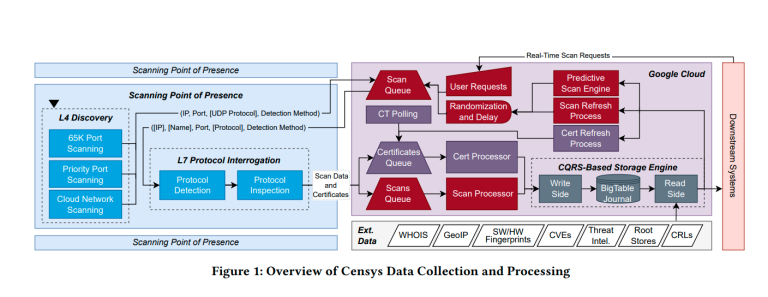
Last year, Dell introduced the innovative CAMM memory module in its Precision 7770/7670 series mobile workstations. This new module, compared to the traditional SO-DIMM standard, boasts a 57% reduction in thickness and can accommodate up to 128GB per module, enabling a more slender and lightweight design in laptops without compromising performance or ease of maintenance. At that time, Dell stated that the CAMM module was not a proprietary technology standard and hoped other PC manufacturers would adopt it.
Recently, JEDEC announced that Dell’s CAMM has officially become part of the JEDEC standard, now named “CAMM2.” This signifies that more laptops will soon incorporate this new memory module design, and it is almost certain that CAMM2 will eventually replace the SO-DIMM modules, which have been used for over two decades.

In addition to its more compact form factor, CAMM2 also promises higher memory frequencies. Dell claims it can exceed the current frequency limits of DDR5 SO-DIMM modules, which is 6400MHz, and even “expand to higher frequencies.” Until now, Dell remains the sole manufacturer utilizing CAMM memory modules, making their upgrade convenience less widespread than SO-DIMM modules. However, with JEDEC’s establishment of the CAMM2 memory module standard, this situation is expected to change rapidly.
CAMM2 is designed in two variants: the regular DDR5 and LPDDR5(X), making non-soldered LPDDR5(X) memory a possibility. However, due to differing pin configurations, it is not feasible to support both types of memory on the same motherboard.
Another advantage of CAMM2 is that it enables dual-channel activation with a single memory module, providing the processor and integrated graphics with easier access to more memory bandwidth. In contrast, SO-DIMM requires at least one memory module per channel. It’s reported that the planned CAMM2 memory modules will also be available in a single-channel version.






